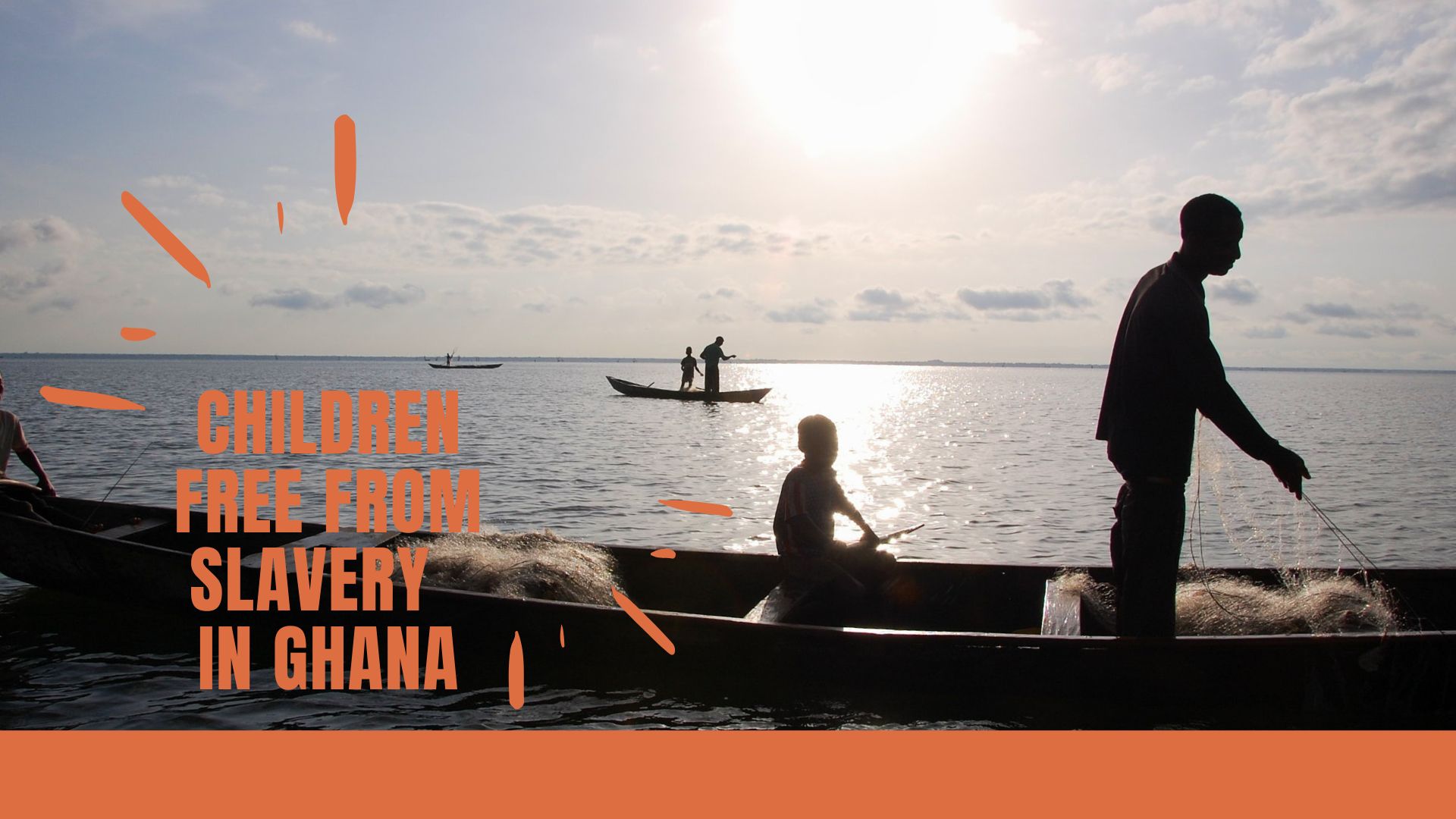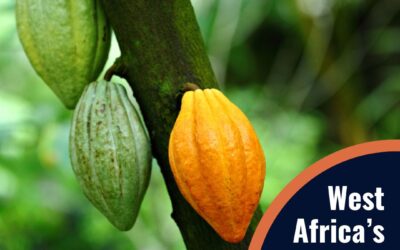Twenty victims of human trafficking finally got to taste freedom in the remote regions of Ghana. Free the Slaves, and our partners in Ghana removed them from modern slavery in the districts of Pru East, Sene East, Krachi West, and East Gonja, located in the country’s Bono East, Oti, and Savanna regions.
The liberation was initiated by Free the Slaves and its ally, Partners in Community Development Programme (PACODEP). Together with the Department of Social Welfare and the Ghana Police Service, these freedom fighters unraveled a horrifying web of human trafficking that spanned seven communities and imprisoned 18 children and two adults.
Many of the victims came from single-parent households and economic hardship. Others were promised they would learn a vocation that would generate income to support their families by their “benefactors.” Sadly, these promises were broken, and the children were enslaved. Some children were put to work on Lake Volta to fish. Their tasks included throwing, untangling, and mending nets and paddle canoes. The process of untangling nets from dead trees and other debris on the bottom of the lake is perilous, with many children getting caught in the nets and drowning. Others were forced to work as farm laborers. These victims were deprived of their fundamental human rights and denied access to education, healthcare, and proper childcare.
FTS Trained Community Child Protection Committees (CCPCs) work to educate local communities and about modern slavery.
I have learned that trafficking can occur within the same community. As a Community Child Protection Committee member, I will educate my community members about human trafficking so that they will be careful and not lose their children to traffickers since some people allow their children to live with others and sometimes are not so much aware of what their children go through.” – Anonymous CCPC Member
Local CPCCs identified these cases and began the verification process. The combined efforts of FTS, PACODEP, and the Ghana Police Service led to the removal intervention, a well-orchestrated mission that started with reconnaissance and concluded with liberation. One trafficker was apprehended, and the relentless pursuit of justice for those still at large continues.
The children are now receiving much-needed trauma-informed care at a shelter run by a partner organization. For future reunification purposes, the organizations are locating victims’ families and conducting a needs assessment.
This tale of freedom from servitude is a beacon of hope, a testimony to the tenacity of the human spirit, and an ongoing voyage toward a world without slavery. However, it is also a call to action; the fight against human trafficking requires that we all remain vigilant, elevate our voices, and refuse to allow the inhumane practice of modern slavery to continue.


